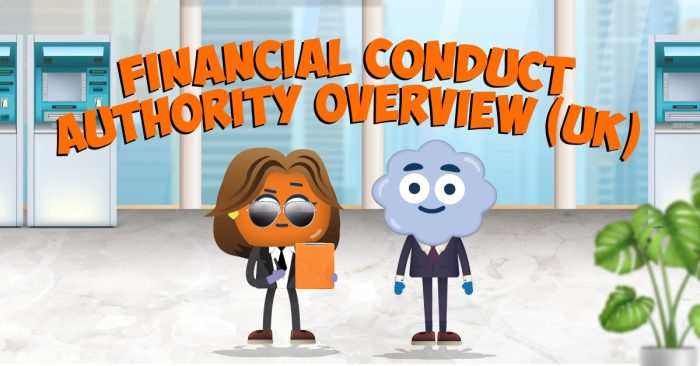Fraud Awareness (UK)
Duration10'
No. of mini-lessons4
ResourcesInfographic
Duration 10'
No. of mini-lessons 4
Resources Infographic
Course overview
Your employees know how important honesty is in banking and business. Wherever money changes hands, power and influence follow. So, problems like money laundering aren’t just bad for their company, they can point to a trail of corruption, and the funding of organised crime. Since they work in finance, they need to know what the law says about combatting fraud.
The Fraud Act 2006 sets out definitions and examples of fraud. Irregularities and suspicious behaviours can be spotted internally as well as externally. It takes vigilance and proactive steps to succeed in fraud prevention. Your employees will need a framework that covers the range of risks and encourages a culture of compliance.


What's covered
Definition of fraud and common types of fraud
Common fraud techniques and indicators
Applying practices to prevent fraud

Why your teams need this course
The steps your employees take to minimise the risk of fraud will help safeguard their investors, employees, and the wider world against a broad range of damaging practices and corruption. So, if they’re working in financial services or management, this course is for them. They’ll learn what fraud is and some examples of it, as well as how fraud is carried out, and the signs to watch for. They’ll also discover practices to prevent fraudulent activity.


